Does it appear that your rose bush needs immediate attention? There are several strategies that you can use to attempt to revive garden roses that are withering for a variety of reasons. This article offers seven suggestions for restoring the health of your dying roses.
Is Your Rose Dying?
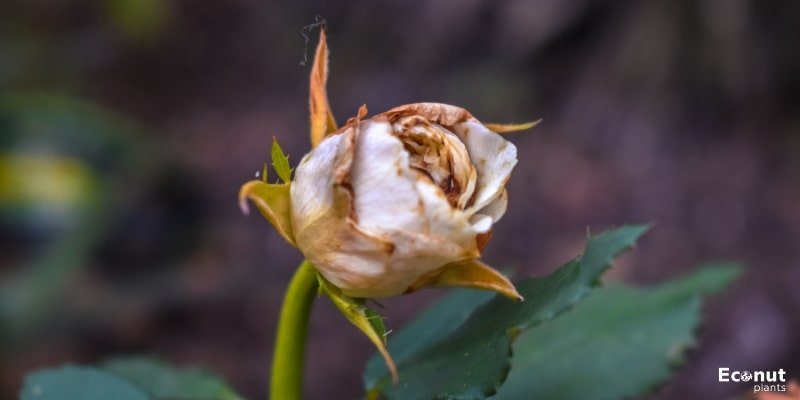
Before you break out your magic skills, ensure your rose truly needs help. Roses undergo at least four to six weeks of hibernation each year to fortify themselves for the upcoming blooming season. First, take a seemingly lifeless cane and use a sharp knife to score a section of its brown bark.
The plant is just sleeping if its underside seems green! You can check the roots of roses in small pots. A rose is probably dead if its roots are brown or shrivelled. If there are lots of white people, then they’re okay!
Fix Your Watering Issues

Roses are evaporative plants. They adore a nice bath! Underwatering may be the reason for your roses’ crisp, dry leaves and overall withering. Be mindful that they may dry up more quickly if you live in a hot, dry region, especially when there are lots of winds.
Sometimes the issue is an excess of water. Soil that is always moist causes root rot, and roses dislike having their feet wet. Roses that are overwatered may likewise wilt, but their drooping leaves will feel soft to the touch. They may also turn yellow and then come off the plant.
The Fix:
Roses are better off with thorough, sparing irrigation than with regular, light rainfall. Try to water two or three gallons twice a week. Take a quick look at the soil around your plants to see if you provide enough water.
Touch the soil around the plant with a fingernail a few inches long. The top two inches should feel fully dry before rewatering. If the subsoil remains dry, apply deep water right away.
Mulch can be helpful in both scenarios since it can absorb some excess precipitation and keep moisture in the soil for a longer amount of time. To give your plant some breathing room, remove part of the mulch if it is being overwatered.
Transplant Necessary
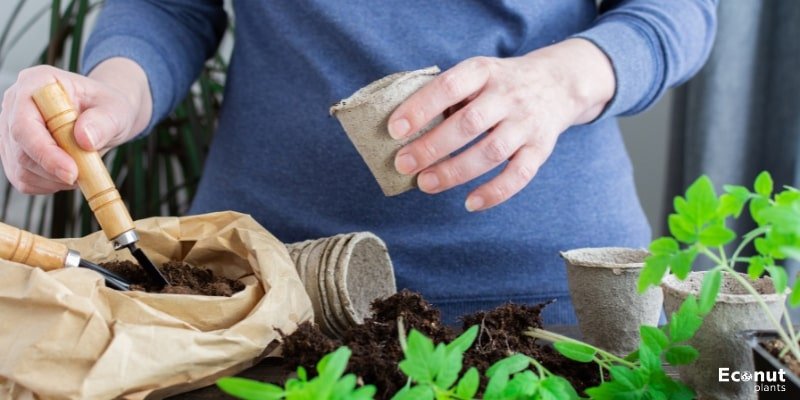
While some varieties can thrive in partial shade, most roses need six to eight hours of sunlight every day to flourish. Your roses may flower less, be more vulnerable to pest and disease problems, and possibly have long, spindly canes if they receive insufficient sun.
Roses also like it when big, woody plants don’t compete with their roots for moisture and nutrients. If your rose doesn’t grow there, it can be too close to a tree or other big plant. Potted roses may become root bound in an overly small container, which can lead to a sickly plant with few flowers.
The Fix
If you think the sun isn’t getting enough or too much on your roses, your best option is to transplant them. Choose a location that receives at least six hours of direct sunlight and some afternoon shade. Set them apart from other large woody plants by at least three feet to allow the roots to spread.
Whenever possible, move your plant right away if its existing location is not working for it, regardless of the season. It is best to transfer a potted rose that is growing into a larger container. Every three to four years, it’s a good idea to move to a larger pot to give plants more opportunity to flourish.
Use Enough Fertilizer
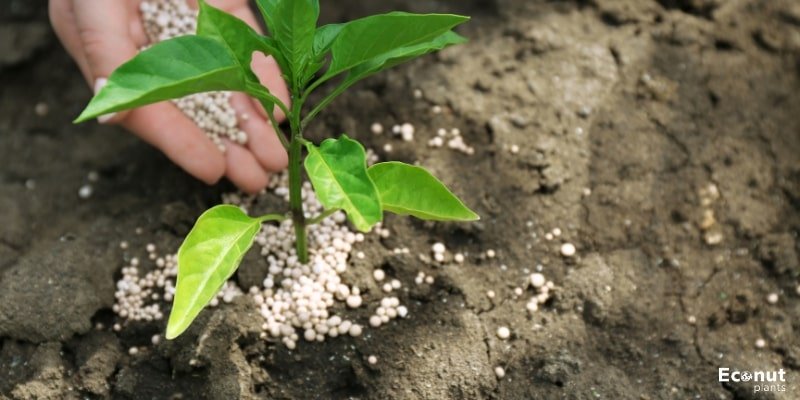
Roses need to be fertilized frequently. Over fertilization, on the other hand, can cause root burn, which manifests as brown-edged, yellowing leaves that curl at the tips and fade away. Until a rose has spent a full year in your garden, do not fertilize young, newly planted plants.
In poor soil, roses that grow slowly and never blossom can be caused by a lack of organic fertilizer. Perhaps you won’t even need to fertilize if your soil is nutrient-rich!
The Fix
The best times to fertilize are in the spring, midsummer, and late summer. Given that it provides more salt, fertilizing established roses in well-drained soil may be detrimental.
If fertilizer has already burned off on your rose, refill part of the soil and give the plant lots of water to flush it away. Once any burned leaves have been removed, allow your plant to recover.
Check Your Soil
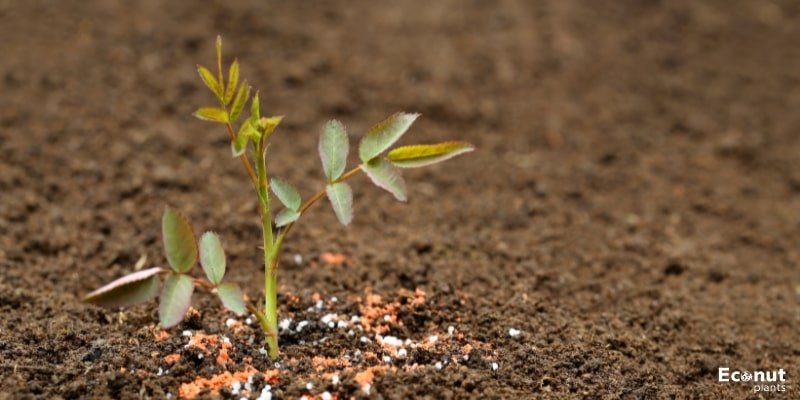
Many roses may thrive in sandy or clay soils because they are fairly tolerant plants. They do, however, favour soil that is pH 6-7, well-drained, and somewhat acidic. You can buy a soil test if you’re not sure about the quality of your soil.
Rich loamy soil allows for adequate drainage and nutrient absorption, making it the ideal growing medium for roses. Yellow leaves and stunted growth may indicate nutrient deficiencies in your soil if it is very heavy or lacking in nutrients.
The Fix
Get a soil test: Get a soil test done to find out your pH and look for iron or nitrogen deficiencies.
Amend your soil: After adding organic compost, the heavy, compacted soil will begin to drain better. An extra layer of mulch can help retain moisture in too-dry soils. If more acidity is required, cover with pine needles or add organic compost. Apply liquid iron fertilizer to the soil to make up for any iron deficiency.
Try a garden lime or other lime product for excessively acidic soil. Work some coffee grinds or blood meal into the soil to provide roses with extra nitrogen if that’s the problem.
Remedy Pest Problems

Aphids, spider mites, sawfly larvae, Japanese beetles, and thrips can all cause damage to rose plants. Among other symptoms, there may be yellowing leaves, gnawed foliage, and discoloured blossoms. Frequently, if you investigate more closely, you can locate the offending bug!
The Fix
If your plant is healthy, controlling many insect infestations is not too difficult, as they are a natural part of the life cycle. Maintain a healthy watering schedule and high-quality soil to shield weaker roses against infestation.
Try to bear a brief infestation of aphids, sawflies, or spider mites if your rose is generally healthy until their predators come to eat them. Encouraging a biodiversity garden with a range of companion plants will also lessen the chance of major infestations.
Physical Removal: A powerful stream from the hose will get rid of a lot of bugs. Some can be easily removed with a handkerchief or shaken off and submerged in a jar filled with soapy water.
Treat: Pharmacological intervention should only be used in extreme circumstances. In addition to endangering your family’s health, synthetic pesticides disrupt the pest-predator cycle in your garden, leading to resistance and other problems in the future. If you choose this course of action, consider:
- Horticultural oils, like Neem oil
- Spraying a BT product for beetles
- Specific miticides
Treat and Prevent Diseases
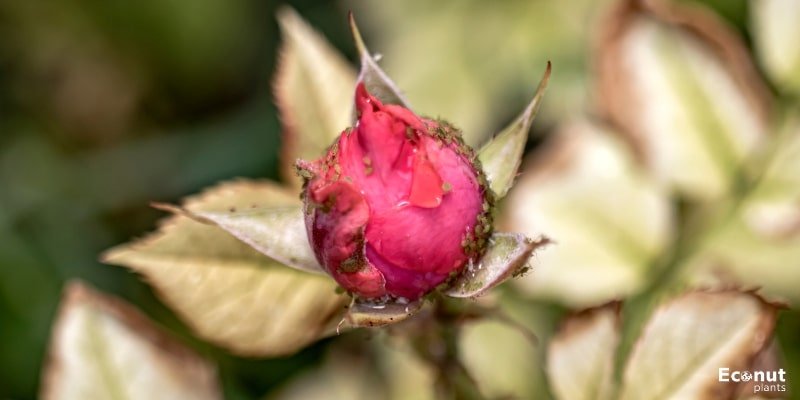
Roses are prone to several fungal diseases, such as black spots and powdery mildew. They spread through spores and flourish in damp, humid environments. Spores can spread to other plants in your garden by way of water and plant debris carried by the wind.
Black-spotted roses feature withering leaves with sporadic black or brownish dots that start at the bottom of the shrub and move upward. On the plant, powdery mildew appears as a fuzzy white layer. It can reach the buds and cover the entire shrub.
Also Read: Roses Holes Leaves
The Fix
Prevent: When roses aren’t given enough time to dry completely, fungus problems typically arise. To prevent soggy leaves, never water a plant from above; always water it from the base. Watering roses early in the day allows them to dry in the sun.
Shrubs should be trimmed to form a vase shape with an open middle to allow roses to receive enough air. Keep space between roses of at least two or three feet. Always give your pruning shears a quick spray or dip in rubbing alcohol to disinfect them in between plants and stop the spread of disease.
Treat: Remove any remaining plant debris from the surrounding soil and discard it. If you leave diseased plant material on or near your roses, the fungus spores have a chance to travel by wind and water.
Frequently, the plant can be saved by just eliminating the infection. Try this homemade baking soda recipe to prevent infection if you’d like to do more: Combine one gallon of water with two teaspoons of baking soda and two teaspoons of vegetable oil. Apply generously.
Mixing one part milk with two parts water and spraying once a week is an excellent remedy for powdery mildew. Oils used in gardening can also be beneficial.
Conclusion
If properly cared for, Roses can live up to 30 years. The greatest method to ensure your roses have a long, healthy life is to plant them in a location with enough sunlight and good soil.
With this, in addition to a consistent deep watering and fertilization regimen, your roses should be able to ward off disease and pests without much help from artificial means. When you give your roses a good start, they will reward you with many years of abundant blooms!

